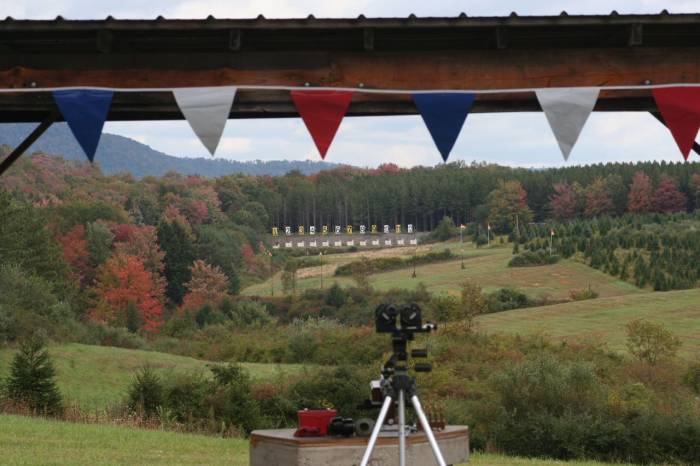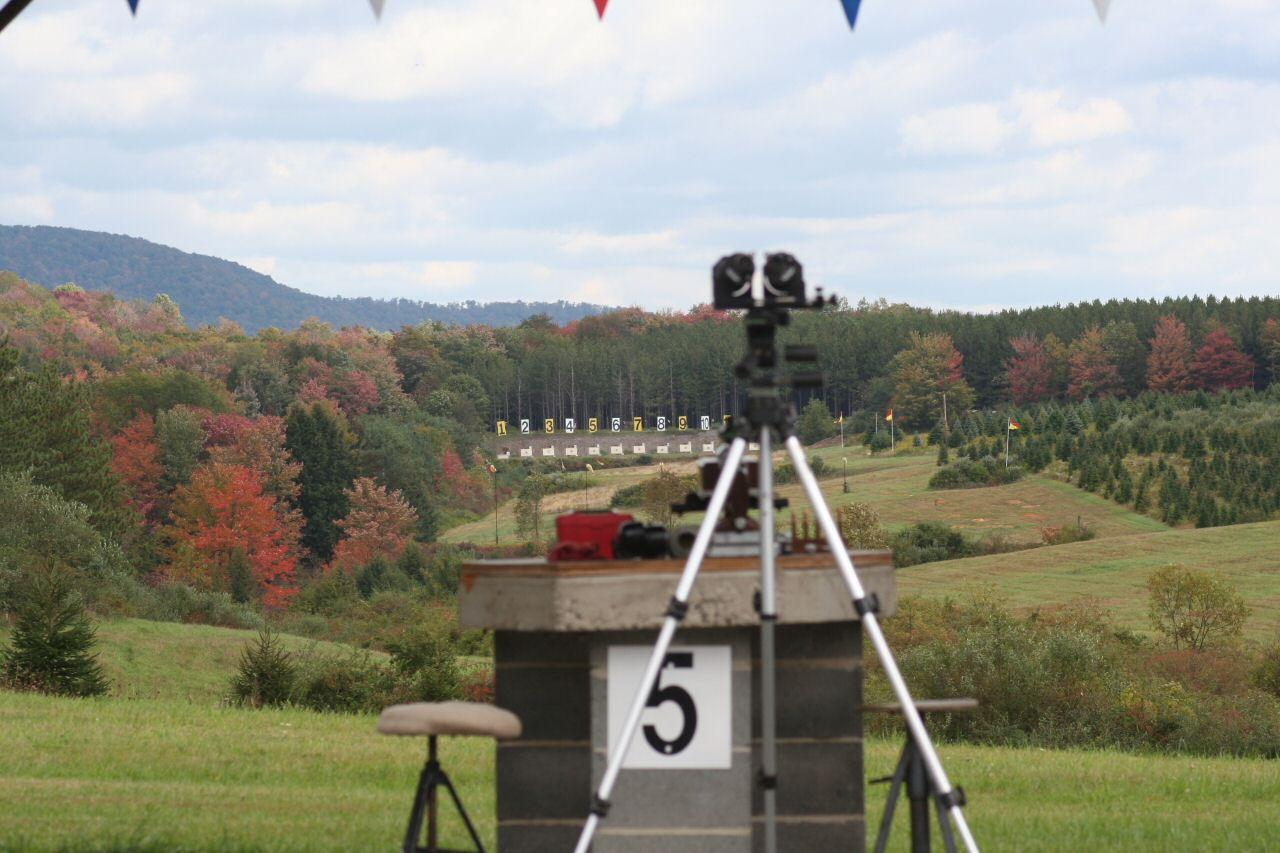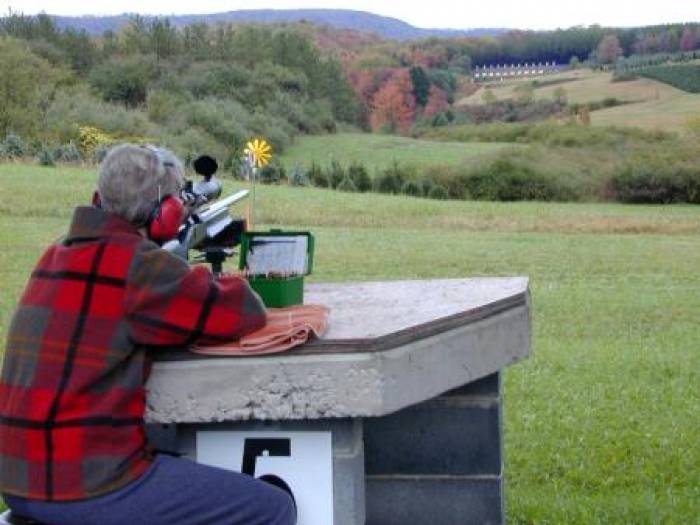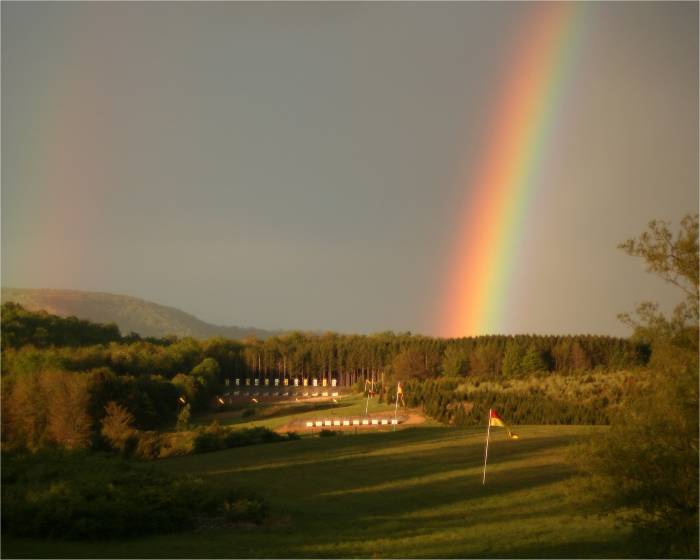Lots of cycle time on the mill today! Makes for great keyboard time.
Jim, you can just hit edit post at the bottom of your own posts, then it'll let you fix whatever.
Your descriptions and all the ones I've seen so far, as they relate to benchrest, are more what I call the basics of the game, not wind reading. Your F-Class experiences differ from Benchrest as you know, and those can't be used in a br situation.
Once upon a time, I wanted to try F-Class cause I thought it would be fun. It just so happened I got involved when the big rules changes were being implemented and now it became br laying in the dirt. As far as I was concerned, that took all fun out of the sport, and eliminated it's similarities to varmint hunting with a bi-pod. I never returned. Not that it would have mattered much cause I'd have been shooting it at Williamsport, and, well, we've covered that above.
The flattest range I've ever shot at was Quantico. Now, they're not allowed to stick out flags in the middle of the range, but there's trees on each side, and they have had leaves on em whenever I've been there. I don't remember anyone lighting up the 10 ring there any more than the other shooters in the relay. With 18 or 19 shooters on the line, I saw relays where a very low 90 was a winner, and a lone one at that. Those relays look like any I've ever seen elsewhere. There's a change, and everyone shoots where the conditions took em.
When I shot 3.3 there, the person beside me shot 3.9. His sighters and mine were both annihilating the x. We went to records and we both went down and right. If you overlayed the two targets, they would still have been 3.9. I.dent.i.cal. a 91 just catching the line and an 89 just barely outside the line. That's easily a 6" movement, pretty clearly not caused by a gun problem. Now, if someone out there is capable of noticing a 6" movement, I'd expect to see gobs of 100's being shot. Who could possibly have guessed a 3" vertical movement on a range that's as flat as a pancake?
If I shot F-Class and I was forced to make a guess every shot, then of course I'd guess. But me being me, I'd call it a guess. And I'd call it a good guess should I ever guess right. I've made good guesses before, but I don't think there was any good reason for em other than I was forced to do so and got lucky.
Again, I posted this in relation to how or if WR'ing is done in BR. Your way is pretty much my way except I don't bother looking at the wind. I use the sighters that are the only concrete info I have, and I guess from there.
I consider myself as objective an observer as I have ever met. And I have yet to observe what I would call successful wind reading. Perhaps it's done out there, I simply have never seen it. And I would call successful, guessing the direction correctly 60% of the time. Now, that would not be enough success for me to do it and accept 40% of my targets being worse. But, I'd at least call that "success" by my definition. Now if this were F-Class where group size is not counted, then that 60% means more. But alas, this is BR. Gotta shoot groups too.






